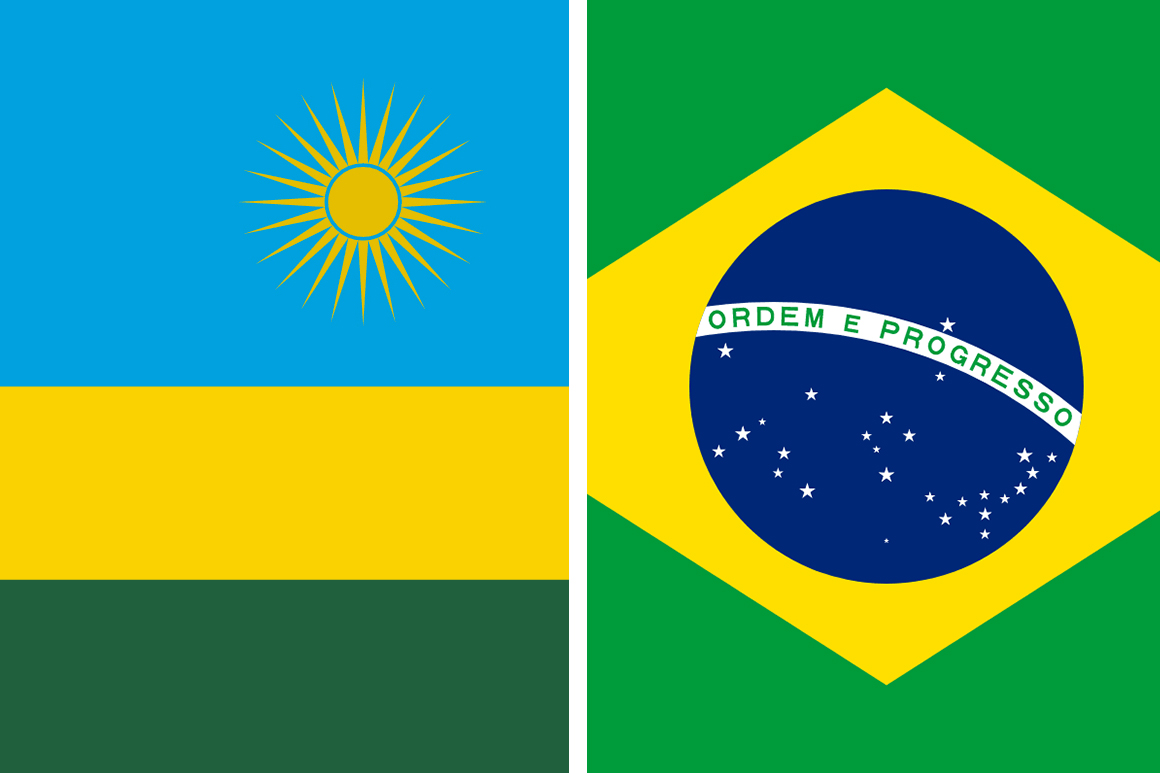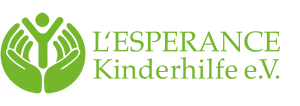
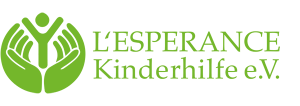
Lesperance Kinderhilfe e.V.
Wir bei LESPERANCE Kinderhilfe e.V. wollen Waisenkindern die Wärme und Geborgenheit einer Familie schenken.
Our Story
L’ESPERANCE-Kinderhilfe was founded in 1983 by members of the Adventist congregation in Hanau, Germany, with the goal of giving orphans a home and introducing them to the Lord Jesus Christ.
This is what has emerged:
Current projects:
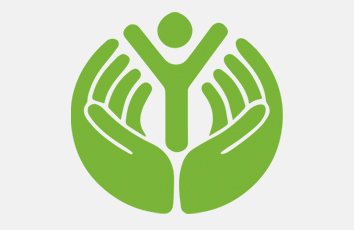
1983
Foundation of L'ESPERANCE
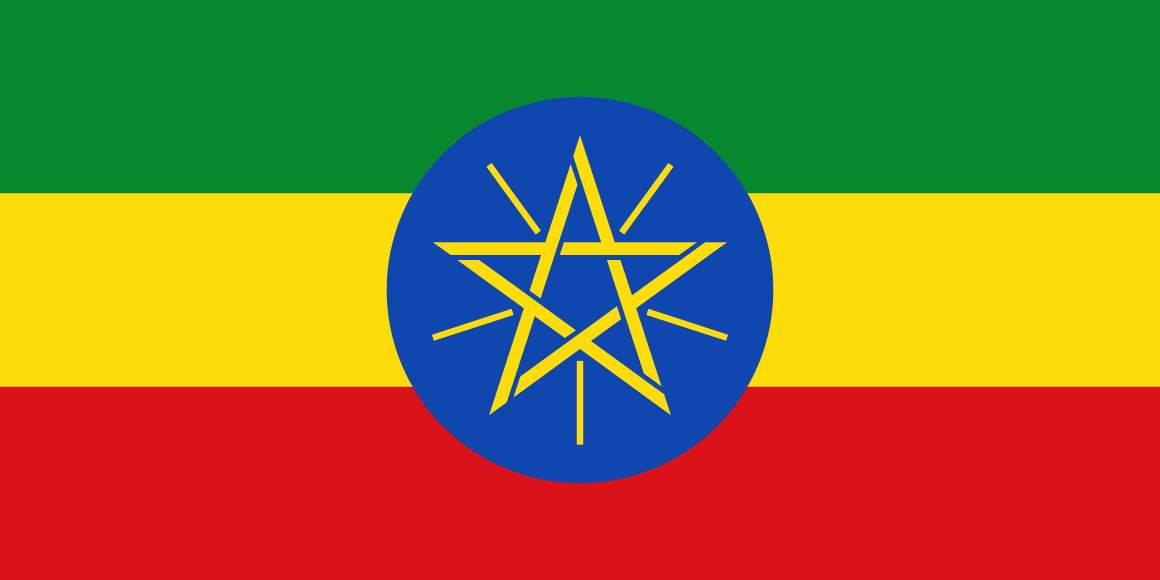

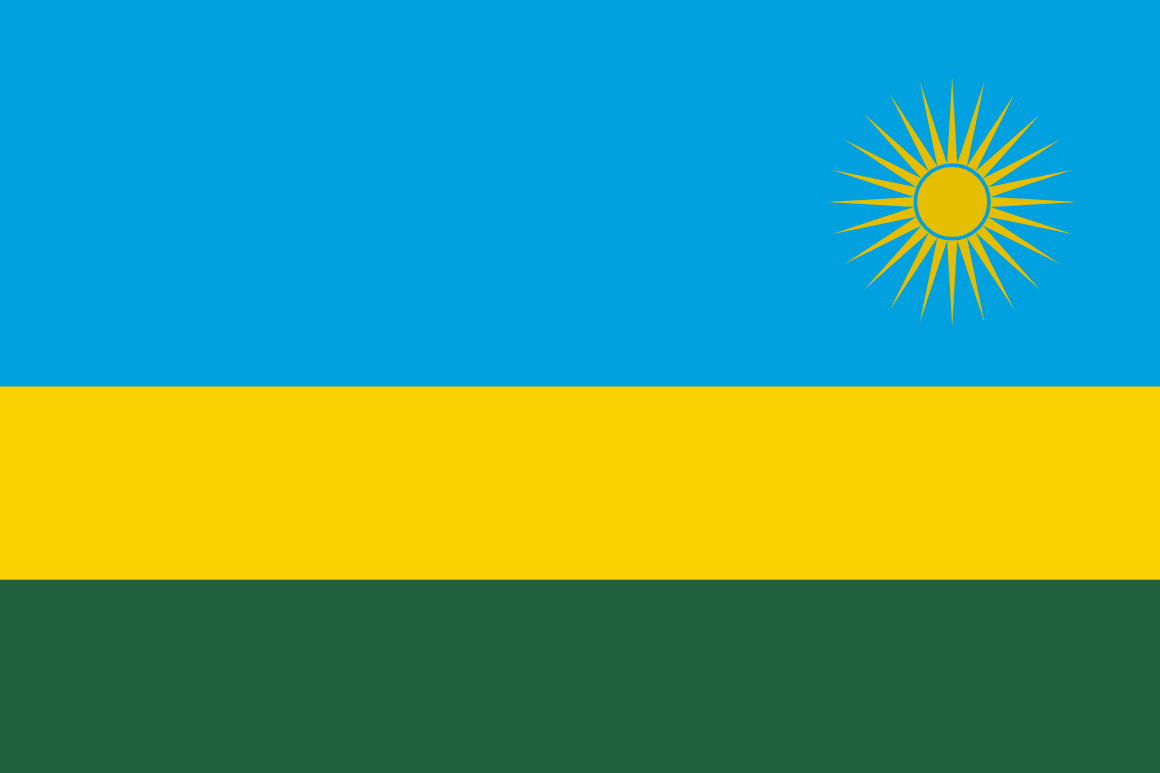
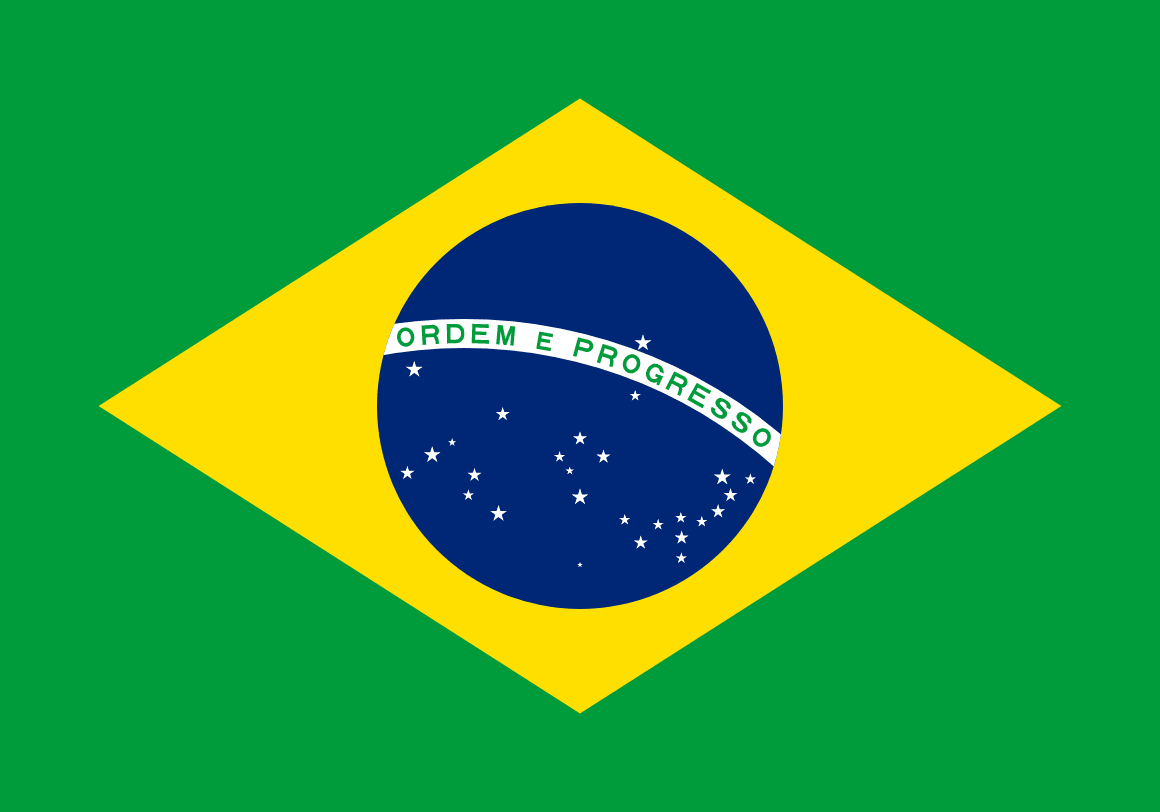
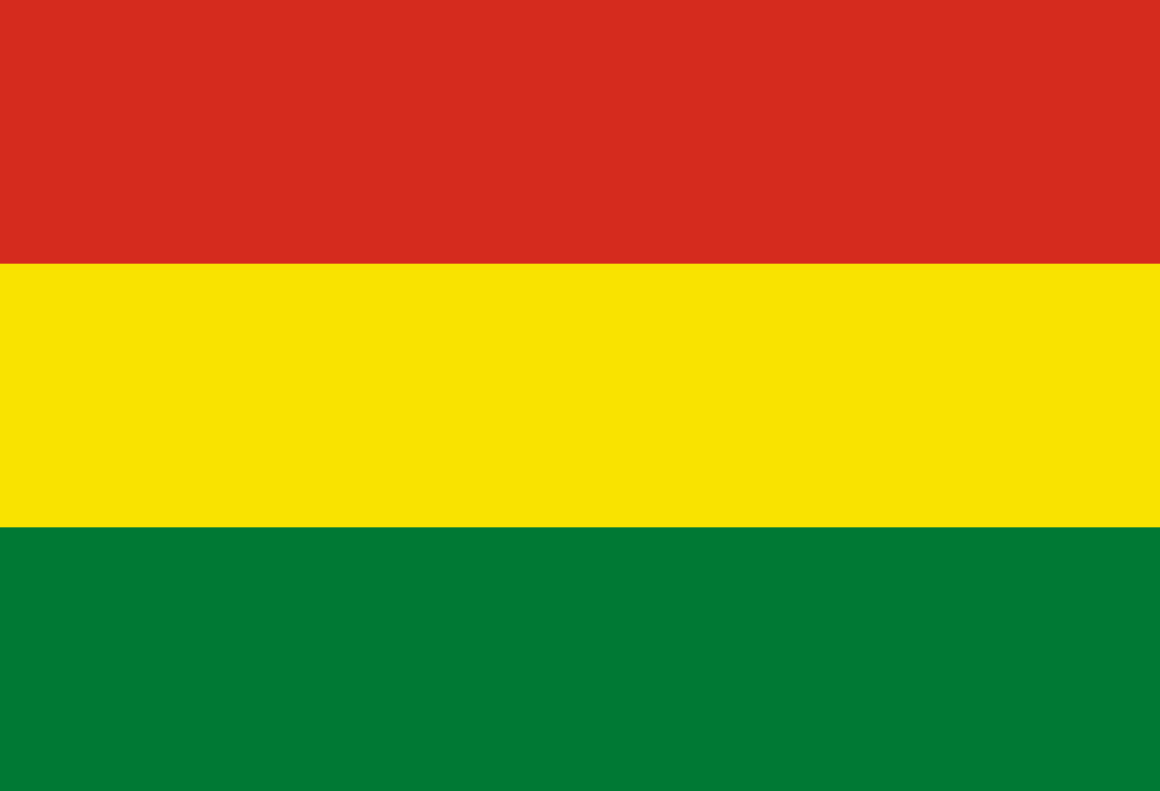


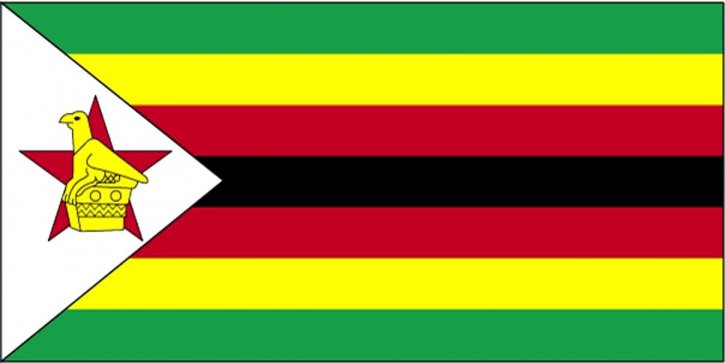
Ethiopia
The Story of the Children's and School Village Akaki in Ethiopia
In 1984/1985, Ethiopia was struck by a great famine that cost the lives of about 8 million people. Many children lost their parents.
During this time, Paul Kowoll, then director of L’ESPERANCE Children’s Aid, set out to the stricken country to help these children.
He traveled alone, almost without money, without knowing anyone or being registered, without a place to stay, without a strong organization behind him, without sufficient knowledge of the language, but with the trust in his heart that God’s promises were also valid for his mission. This is why he was able to experience how He opened one door after the other.
Miracles happen
In Ethiopia, he met brothers and sisters in the faith who had prayed for help and supported him. And the miracle happened. Just six hours after the first contact with the government, he received 15 hectares of fertile land on the river only 20 km south of the capital free of charge. This is where the children’s village was to be built! The city council of Akaki Beseka also provided L’ESPERANCE with a house so that the first children could be taken in right away.
After only 51 days all preparations for the start of the children’s aid in Ethiopia were completed. With the last birr Paul’s luggage was brought to the airport. Without money but with a great responsibility, Paul traveled back to Germany while the local staff got to work. The first orphan home was built on the site and the ground was tilled.
Making great strides forward
When Paul returned to Ethiopia in February 1986, 23 children were already living in the orphanage. Many of the little ones had seen their parents starve to death or had been weakened by lack of food and disease. Most of them had barely escaped death themselves. It was a great joy for Paul to see how frightened, lonely, malnourished, helpless beings had become happy, laughing, healthy children again.
Untill Today
More orphan homes were built, as well as houses for staff. Today, over 70 orphans live on the premises. In addition, there is a kindergarten, an Adventist school (elementary to high school) with over 1000 students, a boarding school, a large Adventist congregation, a teaching farm with horticulture and agriculture, dairy farming, and beekeeping.
Uganda
Children's Village Kirinda and Children's and School Village Kinyo
In 1987, the last bloody civil war in Uganda came to an end. A huge number of children had lost their parents. The once rich country had become one of the poorest on earth. After the new government had begun its work, L’ESPERANCE offered its help for orphans in early 1988. At the time, armed gangs of former soldiers were still roaming the countryside murdering and looting.
It was to take years before security was restored in most areas of the country. Only 13 km from the capital Kampala, L’ESPERANCE took over a 45 hectare property in a beautiful location directly on Lake Victoria.
The Kirinda Children’s Village is being built
Even before the land was transferred and construction work could begin, help for orphans began: 25 parentless children were provided with accommodation and learning in Christian boarding schools to relieve the worst of the need until the first orphanages were completed. These were soon joined by 25 more orphans, while in 1989 an access road was constructed and construction of family homes began. The following year, the first orphans were able to move in. Most had lost their parents in the fighting and horrors of war. Some parents had died of diseases, mainly AIDS.
In addition to the family houses, a school and a community center for church services and social meetings were built in the children’s village. Large garden areas and orchards were planted. A medical outpatient clinic with a small maternity ward, workshops for metal, wood, textile and leather processing, a small store and a stable for keeping chickens were built.
Gradually, 100 orphans were admitted, who, in addition to schooling, also received practical instruction in the various areas of work of the Children’s Village.
The apparent end
In 2011, after 23 years in which L’ESPERANCE consistently provided help to needy orphans in Kirinda, this children’s village had to be closed. The reason was a new Ugandan law which, after a referendum, allowed the Buganda tribe to establish representative kingship. It also gave back all the land that had belonged to the king before the civil wars. The latter was not willing to take over the hereditary lease that L’ESPERANCE had signed with the government.
With the loss of the beautiful lakefront property, we were urged to vacate the buildings as quickly as possible. This left 100 children and young people homeless. For them, it was now a matter of making the best of the situation and reorganizing their future. They were sent to expensive boarding schools. Arrangements were made with distant relatives and helpful families for all of them to have a place to stay during the vacations.
God has a solution
After five weeks of intensive search, we managed to buy the beautifully located property
Kinyo on Lake Victoria, and start from scratch.
Start in Kinyo
In 2012, the construction of the living quarters for the director and two small guest houses was started.
The first young residents
In 2013, Matthias Kowoll ensured the water supply of the children’s village in only four weeks in a remarkable engineering achievement, from the capture of two springs to a distribution house and 5.4 km of pipes. The buildings that had been started were completed and the construction of the first houses for orphans began.
In 2014, 40 small children moved into the new houses, all of them coming from misery unimaginable for us. A chicken coop for 1,000 animals was built, a banana plantation was established, a cacao plantation was started, a timber plantation was undertaken and vegetables were grown.
Fully functional again
By January 2015, the necessary infrastructure was complete. All major departments were in operation. A kindergarten and the first two classes of the elementary school could be opened in February. The 40 resident children in the village were immediately joined by 80 children from the surrounding area. We provide exemption from school fees for poor families from the surrounding area.
Rwanda
Children's Village Kigarama
In April 1994, an estimated one million people were killed in Rwanda in a conflict between Hutu and Tutsi populations. Countless children lost their parents.
After the civil war, the new government was able to take over the south and west of the country in August. At this time, L’ESPERANCE began distributing food from our children’s village in neighboring Uganda.
Mugonero
L’ESPERANCE then became the first children’s charity to go to the insecure region in the west of the country. In December 1994, we were able to take in the first 100 orphans in an abandoned building of the STA hospital in Mugonero. During 1995, vacant houses adjacent to the hospital were renovated and put to use.
The Children’s Village Kigarama
Finally, in 2001, the move to the present site took place: Kigarama on Lake Kivu. Soon a beautiful village complex with seven residential houses, a tailoring workshop and a teaching farm with about 12 hectares of horticulture had been created there, giving children a home. There, where about 9000 people had been murdered in one day, 107 orphans found a new home in family groups.
Thanks to God’s help, the children, who had seen their parents and siblings slaughtered before their eyes, were gradually recovering.
Tragic Closure
Unfortunately, the government of Rwanda ordered all orphanages to be closed by the end of 2014. The children and young people were to be taken to distant relatives where possible. Those with no known family members were to be adopted or placed with host families. Uncertainty and fear spread among the children of Kigarama. However, the government’s pressure on our orphanage as well as on relatives of the orphans grew, so that more and more children were taken away, most of them into inhumane conditions.
At this time, we were made aware of a particular need where help was urgently needed.
Help for Young Mothers
In western Rwanda, there are many cases of raped underage girls. They usually have no school-leaving qualifications, no education, no income and, with their babies, no future prospects. Often they are abandoned by their family or the family is not able to support the young mother with her child. We decided to take in such desperate girls in the houses that had become vacant, to give them the opportunity to graduate from school and to get an education, thus preparing them for an independent life. However, after a few months, a higher government authority also banned this project on the grounds that it was a kind of children’s village, too.
From Children’s Village to Agricultural School
Now the decision had to be made how we could best use the beautiful village for the benefit of the poor. Because of the large acreage and dairy and chicken farming, it was decided in consultation with Rwandan friends and government authorities to open an agricultural school. This happened in March 2016.
Government Recognition
The school has since received government recognition as a four-year senior high school specializing in agriculture, where children from poor families are given the opportunity to graduate from high school and to continue their studies at a college or university. More than 200 students are now taught here.
Miracle after Traffic Accident
Our General Manager Théomistoclès Turihokubwayo miraculously survived a tragic bus accident in December 2018. Now, however, he is confined to a wheelchair. Since then, the paths on the grounds have been reconstructed to ensure accessibility. This means that even students with walking disabilities can attend school in Kigarama.
Brazil
Itapecerica School
Unfortunately, terrible child distress exists in many countries. This is also the case in Brazil. Newspapers, radio and television reported about children and teenagers shot dead in the night streets of the big cities, hunted and gunned down according to plan.
The Children’s Village Itapecerica is born
As a small relief organization, we unfortunately do not have the means to help everywhere. The main question for us is not: do we have the money? We never had it when we started work in a country and we always fall short. The question is: do we have the people? People to whom it is a God-given mission in life to give his love to poor children who have experienced mostly selfishness, violence and hatred – such leaders are hard to find. For Brazil, we had them. This was the decisive factor.
The search for a suitable plot of land is also a miracle every time. It has to be large enough to cover the running costs for 100 children and young people. It must have good soil. We need enough water to be able to grow fruit and vegetables during the often long dry periods. It must not be too far from a larger city, so that what is produced also finds a market and: We must be able to pay for it. To find these criteria met anywhere in the world seems almost impossible.
In Brazil, it happened again: 118 hectares, fertile, with streams, ponds, forest and pasture, two houses and stables on it, with electricity and water supply, only one kilometer from the road and only 33 km to the city of Divinópolis with 200,000 inhabitants.
Eight Years of Helfp for Orphans
The first children were taken in just a few weeks later, and gradually an exemplary children’s village emerged that was soon known far and wide. Visitors came almost daily, we received requests from courts to take in new children.
However, in 2014 the law changed and the government used our village as a transitional home. The children did not stay long enough to integrate them socially and form stable family groups. The overall situation made a sustainable Christian education impossible and caused us to terminate our help as a children’s home to the authorities in early 2014. At the end of 2014, the last young people left our village.
Apostle Paul Mission School
As a result, the L’ESPERANCE Paul School for self-sustaining missionaries was founded. On March 13, 2015 the training started with 15 students. Under the energetic leadership of Alek Sandra and Rozelito Croscop, the school developed into a small paradise.
Young men and women are empowered through the training to help people to stay or become well, to improve their standard of living and to live a hopeful Christian life. Like the apostle Paul, they should be able to earn their own living without relying on employment or permanent financial support. The health seminars and missionary courses bring physical, mental and spiritual recovery to people.
Public Relations in Brazil and Blessing for Bolivia
The school also works among the population in the nearby town of Itapecerica, distributing literature, giving health advice, courses and classes. Students who cannot afford the school fees have the opportunity to earn them on the farm.
Alek Sandra wrote to us: “We are convinced that the name of God will be honored through the L’ESPERANCE Apostle Paul School in Brazil. Many evangelists will go out from here, who will not only proclaim the good news, but exemplify it.”
In 2018, Alek Sandra and Rozelito took over the leadership of our Children’s Village in Bolivia. Their son Artur Croscop and his wife Raquel continue the work in Brazil.
Many volunteers and orphan parents in the San Mateo Children’s Village in Bolivia have since come from this mission school.
Bolivia
San Mateo
The German brothers Edward and Enrique Rosenthal were studying media production at the Central University of Cochabamba, Bolivia. One day, as they were walking home after class, they were approached by an elderly beggar woman. She pointed to a small child at her side. Unfortunately, she spoke only Quechua, one of the ancient Inca languages, and the two students could not understand a word. Then someone began to translate. The beggar woman asked the young men to take the child with them because his parents had died. She wanted to give the orphan a better future.
Unfortunately, Edi and Eni could not help the woman. But the experience made them very thoughtful. They remembered the Kowoll family from Germany who had founded a children’s charity and contacted L’ESPERANCE Kinderhilfe. They implored them to found a children’s village in Bolivia as well.
The initial situation
The country is one of the poorest in South America. More than half of the children live in poverty and have no access to education. Often children run away from home because they experience poverty or violence there and live on the streets, making them potential victims of exploitation, drug and alcohol abuse, crime, human trafficking and violence. Out of every 1000 children, 75 die before they reach 5 years of age, from poverty and malnutrition. Many babies are simply abandoned because families are unable to feed them.
The San Mateo Children’s Village is born
L’ESPERANCE decided to help. The parents of the two students were asked to look for a suitable plot of land the next time they visited their sons. As with the founding of all L’ESPERANCE facilities, God worked here as well. A large plot of land was purchased at an affordable price. In 1998, the L’ESPERANCE Children’s Village of San Mateo was founded to provide a home for needy children. It is located at the foot of the Andes in the warm, humid rainforest of the Amazon basin on the San Mateo River, which lended the children’s village its name. The soil here is very fertile and deep, the climate ideal for growing all kinds of fruits and vegetables. Unfortunately, not only the vegetables grow well, but also the jungle, which would overgrow everything within a very short time. We have to fight against it permanently with machetes to keep the cultivation areas free.
Garden paradise in the jungle
In the children’s village there are now 6 family houses with 10 children each, a staff house and two houses for volunteers. Agriculture is the main occupation of the children’s village, along with carpentry, bakery and a small apiary. Avocado, corn, beans, peanuts, rice, cassava, green beans, walusa (a type of potato) and sugar cane, as well as tomatoes and peppers are planted on the grounds. Fruit crops include oranges, grapefruits, pineapples, lemons, kumquats, palm fruits, camu camu trees, copuazú, and 600 to 800 banana trees.
Pulsating life
Through the different branches of income generation, we have achieved a double effect: On the one hand, the products we produce contribute to our livelihood, and on the other hand, the sectors serve as places of formation for our older orphans.
In May 2019, Rozelito and Alek Sandra Croscop from the L’ESPERANCE school in Brazil took over. Through their experience and energy, renovations and reorganizations took place. Many activities are offered for the children among others a scout group that bakes together, sings, prays, helps neighbors or cuts its way through the jungle.
Between the river and the edge of the forest, there is now cheerful life. But again and again emergency calls reach us. For abandoned babies, for children from unspeakable conditions places are sought that we no longer have in houses that are yet to be built. The story of L’ESPERANCE de Bolivia does not end here, because the need also has no end.
Zimbabwe
Tariro Haven
More than 22,000 children in Zimbabwe live on the streets, suffer from hunger, have no access to education and are without medical care. Dr. Jonathan Musvosvi, former head of the Adventist Union in Zimbabwe, approached L’ESPERANCE Kinderhilfe and asked us to help the orphans there. He and his family assured us of their support on the ground – a valuable offer when you want to work in a country whose language, customs and laws you do not know.
The search for land initially came to nothing. Then Pastor Mosvosvi suddenly received an unexpected visitor.
An unexpected visitor
Kingsley Matizha, church leader and manager of a market garden in the capital Harare, was standing in the doorway. Casually, the conversation turned to a plot of land for sale: 105 hectares of fertile riverfront land, four hours from the capital. The owner had once been trained by Kingsley in the gardener’s trade.
Our incapacity is God’s opportunitiy. The father of the widows and orphans had the suitable property for the children’s village. This is how it all started. In July 2022, the property was acquired by L’ESPERANCE-Kinderhilfe.
Great God – Great Plans
The plan is to build ten family houses for orphans. L’ESPERANCE has the task of coordinating and financing this.
A kindergarten, schools and a vocational school are to be added gradually. The Zimbabwean foundation “Bridging the Gap” has agreed to bear the costs for their construction.
General Manager Sirewu Mazuru already lives on the site in one of the few makeshift shelters.
The local team plans to take in the first children as soon as the first family home is ready for occupancy. The shell was completed in December 2023.
For the Least of These
Much work, prayer and donations are still needed until Tariro Haven will truly be a haven of hope for orphans. But we at L’ESPERANCE Children’s Aid will not rest, for Jesus said “whatever you did for one of the least of these brothers and sisters of mine, you did for me”.
Completed Projects:
1990
HUNGARY
Kaptalantoti: Children's Village – 2001
1992
NORTHERN ETHIOPIA Kalamino: Children- and School Village – 2005
SOUTHERN ETHIOPIA
Kimphe: Primary School – 2007
1993
HUNGARY
Nyribogdany: Training assistance – 2001
1994
SOUTHERN ETHIOPIA Zuway: Primary School – 2001
1997
NORTHERN ETHIOPIA
Wukro: Children- and School Village – 2005
Mekelle: Kindergarten – 2005
1999
ROMANIA Help for street children – 2001
MAZEDONIEN Help for street children - 2001


Lesperance Kinderhilfe e.V.
Wir bei LESPERANCE Kinderhilfe e.V. wollen Waisenkindern die Wärme und Geborgenheit einer Familie schenken.
Copyright © 2021 L’ESPERANCE Kinderhilfe e.V.
WIR SIND MITGLIED BEI
ASI Deutschland, Österreich und Portugal
VAB (Verband adventistischer Basisgruppen)
MENÜPUNKTE
KONTAKT
- +49 (0) 75672081966
-
Winterstetten 31
88299 Leutkirch
Deutschland - info(at)lesperance.de
- Facebook/lesperance.de
- Instagram/lesperance.de
SPENDENKONTEN
-
Sparkasse Hanau
DE17 5065 0023 0034 2222 24
HYPO Salzburg
AT78 3400 0045 0440 5809
Postfinance AG Schweiz
CH17 0900 0000 1570 8784 8
